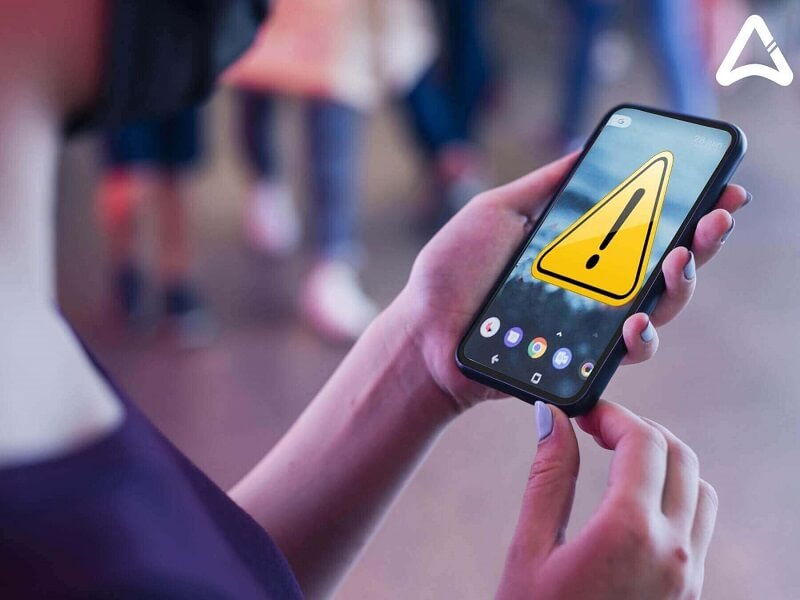Thousands of apps are continually introduced in the mobile app market. At least Google Play and Apple’s app store boasts 5 million apps combined across their platforms. However, not all applications are successful after launch, & this was attributed to application crashes. In this case, you should notice that the failure of an app can happen due to transcending errors of defects. So, you have to focus on how to fix these errors and make an app successful.
Have you ever wondered why most apps are not downloaded from mobile app stores or why users uninstall an app immediately when they download it because it doesn’t meet their expectations or why mobile apps crash? The simple answer is that applications that fall into such categories fail.
Benchmarking the Success of Mobile Apps
Mobile app development follows a process of construction, measurement and learning. Establishing success criteria and measuring performance provides long-term direction for your development strategy. The definition of success will vary depending on the type of application you are developing and your overall business goals.
It is important to understand what you are trying to achieve with your product before beginning any development work. There are many success metrics that should be observed to gauge the performance of your mobile application. These metrics are divided into five different categories:
General Marketing or App Launch Metrics
- Website, microsite, or landing page traffic
- Backlinks to websites, microsites, landing pages, or content
- Website, microsite, or landing page domain authority
- Brand and product mentions
- Social media audience growth
- Commitment and vitality in social networks
- Email subscriber growth
- Actions and interaction by email
Business Metrics
- Increase in income
- Increase conversions
- Improved products
- Reduce cost per acquisition
- Increase lifetime value
- Reduce churn rates
- Product reviews
User Acquisition Metrics
- Increase Daily Active Users
- Increase monthly active users
- Increases daily sessions per Daily Active Users
- Increase retention rate
- Reduce the churn rate
User Action Metrics
- Increase conversions
- Increase sessions
- Reduce session intervals
- Use of functions/participation in the application
It is important to monitor the performance of your product and the performance of competitor products. Identifying the correct success criteria for your mobile application will help you identify areas for improvement. So, you can adjust your strategy, including the development process, UI/UX design, etc., to effectively meet your business and product objectives. This write-up will help you plan, outlining the top reasons why mobile apps fail.
Why Mobile App Fails and How to Make it Successful?
Bypass Platform Guidelines
In case you are developing a native mobile app, you should consider the platform rules prior to planning or developing your application solution. These platform-specific touches are very important if you want to deliver an amazing experience to your end-users. For example, the hardware-based back button is an intrinsic part of Android app solutions but not iOS solutions. Therefore, you must take care of all these aspects before releasing the application to the market.
The first step should be to identify the platform you want to go with and then understand the platform-specific guidelines that you need to incorporate for a successful mobile app launch. As per a leading mobile apps development company, the components that should be part of the iOS and Android apps determine the best way to introduce them into your application.
Poorly Researched Market, Competition and Audience
It’s easy to think that users will love your app, but can you validate that assumption? Long before development begins, having a thorough understanding of your product’s target audience is essential. Audience research is necessary to develop an application that addresses the specific needs of a user, but it also helps create messages that will engage users. A prominent application launch technique is immovably established in the user research.
Suggested Read: Which platform is best for your mobile app
Acquainting another product with the market ought to be an iterative process to approve presumptions about user behaviour and the actual product. Often a prototype is not enough to validate the product and achieve internal acceptance. An iterative process is very beneficial to continually meet the needs of your users and stay engaged. But how would you know precisely what to make for your users? How will you solve your pain points and exceed your expectations far beyond what your competition offers? Consider a minimum viable product development that includes the feature (s) required to solve a core problem for a set of users and be released to the market.
Ignorance of Feedbacks
What better way to learn about your mobile app than from user feedback? However, only a few developers pay attention to this section, so they are lost to meet users’ needs. It is recommended that you can add a comment & feedback option in your application.
Once you have this feature, you will be at your disposal to review the feedback provided. Some of the comments can be a bit harsh, while others can be valuing. From here, you will notice where you need to improve. It may be the slow response time, the interface, or the service provided.
Why do Mobile App Fails: Summary
The performance of an application depends on many factors that can range from competition to marketing budgets and sheer luck. But beyond these factors, poor research and poor execution are common reasons why applications crash when launched. Focusing your efforts on market and audience research, following platform-specific best practices, and conducting extensive QA testing can mean the difference between success and failure. After an app fails, you are searching for an app development company, so contact us. We will assist you with the best of our knowledge.



